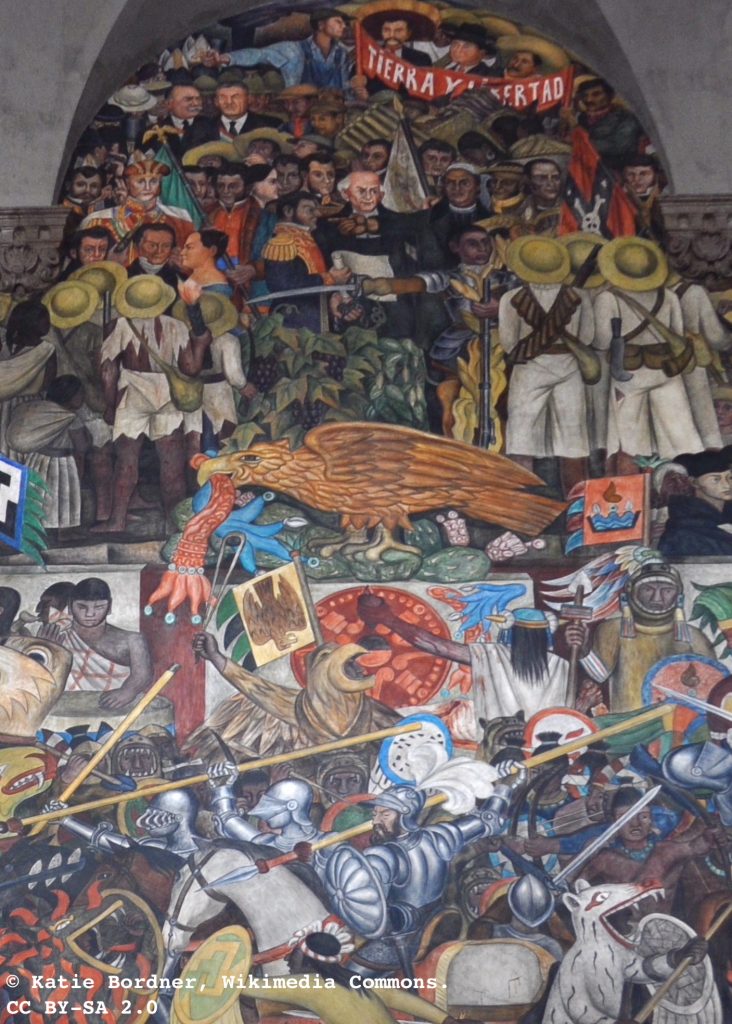As Hispanic Heritage Month comes to a close, we will look at origins in this blog post. Hispanic Heritage Month kicks off each year on September 16th because September 16th is celebrated as Mexican Independence Day. On September 16th, 1810, Priest Miguel Hidalgo called for Mexican independence from its colonial ruler, Spain. However, the next 100 years were filled with instability in Mexico, leading to a revolution beginning in 1910.
One of our DBQs focuses on this Mexican Revolution, which lasted from 1910-1920. In it, students are asked to respond to the question: “Was the Mexican Revolution successful?” They explore the historical context of the revolution, key documents from the revolutionaries themselves, as well as some reflective pieces from the years after in order to draw their own evidence-based conclusions. While we won’t seek to answer this question in today’s post (after all, that is for the students to decide!), we will highlight some aspects of the revolution so we can have a better understanding.
First, some historical context. In the first 55 years in Mexico’s history after its independence from Spain, the country’s leadership changed 75 times. Power was unstable and during this time, the United States took over half of Mexico’s land in the US-Mexican War (1846-1848). (It’s worthwhile noting that many Americans completely disavowed the U.S. Government’s actions in taking Mexico’s land seeing it as a clear infringement on Mexico’s sovereignty. For example, see Frederick Douglass’s editorial). Then, in 1876 Mexican general Porfirio Díaz became president of Mexico. While he did bring stability, Mexico had to endure his dictatorial regime for 35 years. It was in this context that the Mexican people stood against oppression, beginning the revolution.

Different factions within the revolutionaries arose. Some, like Venustiano Carranza, pushed for political rights. Others like Emiliano Zapata and Pancho Villa fought for labor rights and economic equality. “Tierra y Libertad” (Land and Liberty) was their motto. Zapata and Villa’s contributions were unquestionable (it is they, not Carranza, who are better known today). Still, it was Carranza’s vision that won in the end. In 1917, Mexico drafter a new Constitution. While it did have some concessions to the goals of Zapata and Villa, it was largely a political document as Carranza and his allies pushed for.
Despite Hispanic Heritage Month being based on Mexico’s 1810 independence from Spain, the revolution that occurred 100 years later is perhaps even more influential for the modern country. We hope that students who engage with this part of our historical thinking curriculum don’t just become better historical thinkers. We want them to become better aware of the history of our southern neighbor, Mexico.